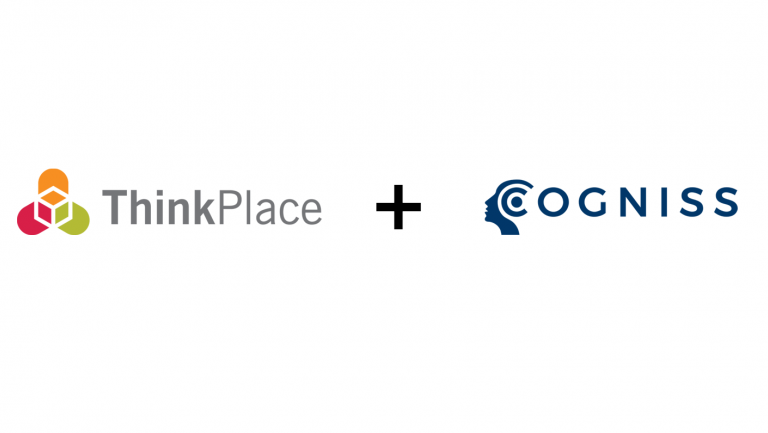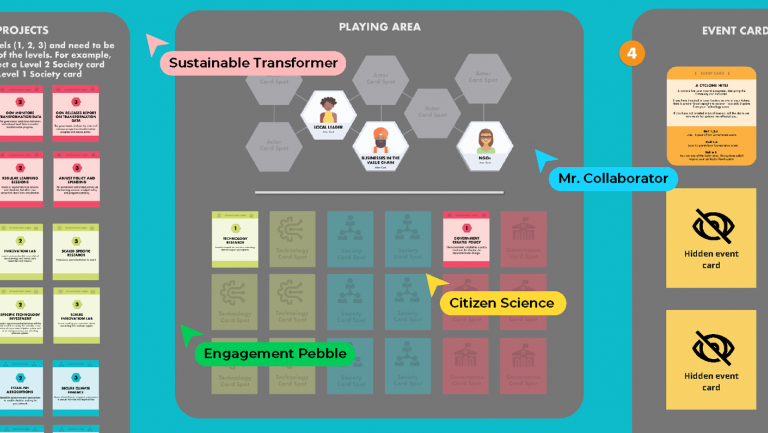Sign up for our monthly newsletter

You've found your 'why'... So now what?
For people, and increasingly for organisations, the search for higher purpose –for a sense of mission that drives us forward – has become increasingly important. Across business and government, leaders pursue purpose as if it is the answer to all ills.
Our why. Our mission. Our reason for getting out of bed each day.
Purpose has great PR, but alone it will never be enough. And, though it seems counter-intuitive, without a high-performance mindset and toolkit, overwhelming purpose can actually be a detriment to your organisation. More on that later.
MY HIGH-PERFORMANCE JOURNEY
What do I know about high-performance? I grew up surrounded by it. Both my parents are multi-Olympians, my father (3xGames) a swimming coach and my mother (5xGames) a manager. Often at our Sunday family dinners I would sit surrounded by coaches and athletes from around the world listening to ‘shop talk’.
I began my coaching ‘career’ at the age of 13, helping out wherever I could. At 22, I won a scholarship coaching position at the Australian Institute of Sport (AIS) with the Swimming Team. Eighteen months later, I coached Jade Edminston to a World Record.
In 2007 I began coaching Alicia Coutts, a genuine diamond in the rough. Alicia’s father died of cancer on the day of her first swimming carnival, she was 7 years old. Nothing was ever handed to Alicia growing up, she had to work for everything.
I consider talent to be two things: work ethic and an ability to learn. Alicia is the most talented athlete I ever coached.
A BIG SHIFT
In 2009 my coaching shifted. Alicia and I set an audacious goal, to achieve elite success not just for ten minutes but for ten years. That decision changed everything. We needed to start thinking long-term and holistically.
This meant:
- Creating and sustaining momentum and
- Having Alicia invest time in school, work, family and friends to nurture her support networks (you need them when things get tough).
By 2012, Alicia Coutts stood on top of the world as Olympic Champion. She had equalled the great Ian Thorpe and Shane Gould as the only Australians to win 5 medals at a single Olympic Games.
Alicia eventually retired a triple Olympian and a 28-time international medallist. I am immensely proud of our decade-long partnership. Together, we learned a lot about what it takes to chase and achieve a state of elite performance over a sustained period of time.

THE SECOND SHIFT
In October 2017 I shifted again, leaving swimming to join a different group of high-performers with a similarly audacious goal: to make the world a better place.
When I met with ThinkPlace leaders John Body and Nina Terrey I could immediately see they were facing the same types of challenges I had faced with Alicia in 2009.
Theirs was not a challenge of vision or motivation (they had that in spades) but of creating sustainable high-performance. We spoke about balancing intensity with recovery, creating cycles, flow and other lessons we could bring across from international sport to the world of a fast-growing global strategic design network. I now lead High Performance for the Global ThinkPlace Team.
We define high-performance as:
A team of highly skilled people with a clear sense of purpose at the leading edge of their field, resourced and supported to achieve high quality and continuously improving outcomes which are sustainable over time.
HOW THIS CAN HELP YOUR ORGANISATION
According to author Daniel Pink, there are three key elements which drive internal motivation: autonomy (desire to be self-directed), mastery (desire to develop skills and learn) and purpose (desire to do something meaningful).
As mentioned at the beginning of this post, there’s a growing movement for organisations to become more ‘purposeful’. This may be through increasing social and environmental responsibilities or aligning work to global movements of change (such as the United Nation’s Sustainable Development Goals).
And that’s fantastic. These are positive ideas that can be tremendously energising.
But there’s another side to it. The irony is that the higher your organisation’s purpose (say for example winning Olympic gold or changing the world), the higher the risk of burn out.
This is because people with a strong sense of purpose become extremely driven to go above and beyond what is expected of them. Time and again the evidence shows they will push themselves to ever increasing intensities for longer and longer periods of time.
THAT'S NOT SUSTAINED SUCCESS
The lesson from high-performance sport is ‘the greater the intensity, the greater the need for recovery’. This is exact reason the Australian Government invested millions of dollars to build the state-of-the-art Recovery Centre at the Australian Institute of Sport.
When everyone has talent, purpose, mission, and motivation other things can become your advantage (your edge). Things like patience, perspective, timing and recovery.
HIGH PERFORMANCE NEEDS HIGH PERFORMERS
This way of thinking about organisational performance focuses attention on your team’s very best.
One of the ongoing challenges for coaches, teachers and executives is not to become hyper-focused on the worst performers: the squeaky wheels.
If all your focus and messaging is targeted at middle and lower performers, the top will eventually ‘switch off’ from leadership. When high-performers are driven to go the extra mile but their leader’s messaging is all about addressing poor performance, they become disconnected and resentment can build. This doesn’t mean poor performers or those who are struggling should be abandoned or written off. But nor should they dictate your strategy and monopolise your resources.

HOW TO SHIFT TO A HIGH PERFORMANCE CULTURE
1.Create a sustainable leadership team. Most leadership development focuses on cohesion, alignment or interpersonal skills. These are all important areas for development however one lens is missing, personal skills. We like to ask one powerful question of our leadership team: Will you be an effective leader for us in 10 years or will you burn out at the rate you are going now? Personal skill development is the first area we develop our leaders in at ThinkPlace, after all, what’s the point of development if you can’t retain who you have developed?
2. Build bulletproof performers.
As a coach I always aimed to develop people able to perform in high pressure environments without me there. In 2016 this is exactly what happened with Alicia. My first son, Jude, was born 2 months early and only weeks before the Rio Olympic Games. Needless to say, I was at home with him when Alicia competed in her third Olympics. Leaders should focus on building capability in their team, not providing all the answers or doing the work for them. Develop people with the end in mind. You may not be by their side when it matters most.
3.Vacate space and allow your culture to grow. When positive cultures begin developing, leaders must resist the urge to lead or drive everything. Allow others to take over ideas and initiative (even if it isn’t done exactly how you would do it). The ultimate compliment is watching a team embody the type of culture you want. Culture is not scalable if only driven by a few people.
At ThinkPlace, we work every day with individuals, teams, and organisations to help them research, design and implement genuine high-performance. To discuss your high-performance challenges, please get in touch.







